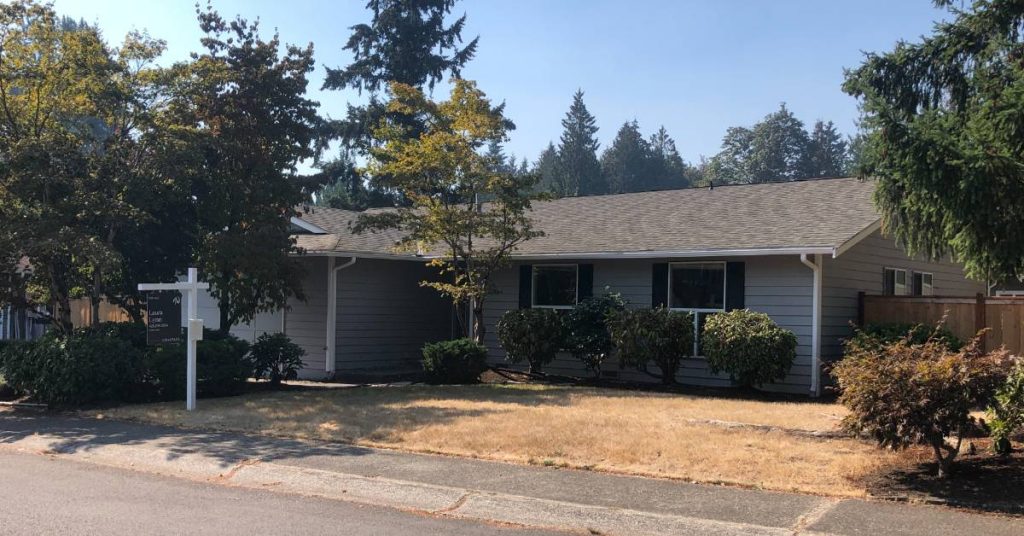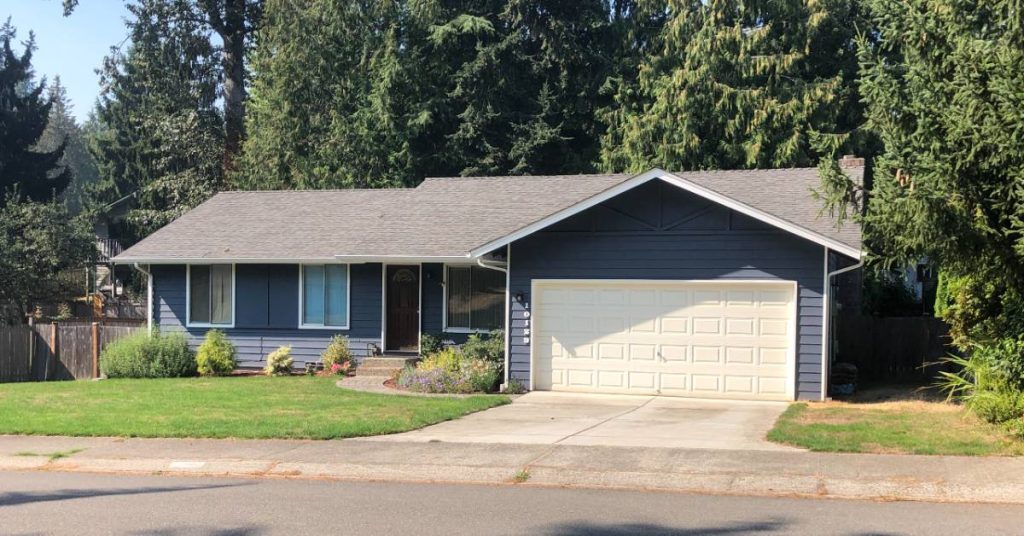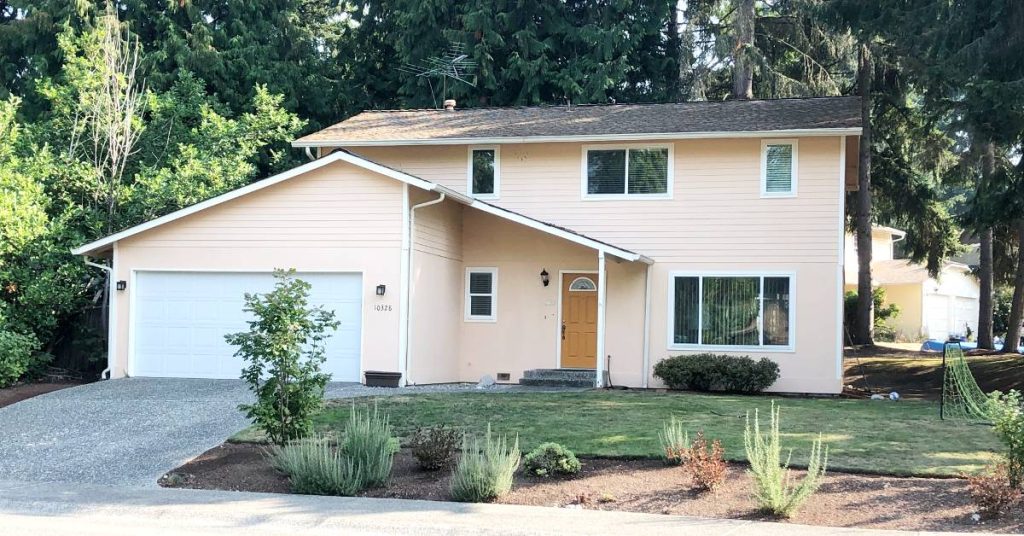Everyone thought rates would drop in 2024.
Yet, here we are again with 7% rates.
How does a homebuyer who was already struggling to afford a home deal with these rates?
Check your homebuying eligibility.
Forget the 30-year-fixed, for now
As a country, we are addicted to a 30-year-fixed mortgage. It locks in your mortgage payment for a long time. You never have to worry about it again.
And it is a great tool – when rates are 3-4%. At 7%? Not so much.
At 3%, a $400,000 loan is just $1,686 per month. At 7%, it’s $2,661 – nearly $1,000 more.
| 30-year fixed rate | $400,000 | $500,000 | $600,000 |
| 3% | $1,686 | $2,108 | $2,530 |
| 6% | $2,398 | $2,998 | $3,597 |
| 7% | $2,661 | $3,327 | $3,992 |
At $600,000 loan at 3% costs less than a $400,000 loan at 7%. Think about your diminished homebuying power at these higher rates.
Luckily you have options.
Get an adjustable-rate mortgage (ARM)
ARMs can cut your interest rate by about 1-2%. One major national bank is advertising a 5-year ARM at 5.0% paying 1 point, compared to a national average 30-year fixed at 6.62% today. That rate savings would mean a $516-per-month difference on a $500,000 loan.
An ARM doesn’t have to be scary. Today’s adjustable-rate mortgages are fixed for a time, usually 3, 5, or 7 years. During that time, you have a low fixed rate. When the adjustable period starts, there are built-in protections to keep the rate from rising too quickly.
Most people sell or refinance within 7 years. Why pay an extra $500 per month all that time when, statistically, you’ll sell or refinance by then.
ARMs come with risks. But the risk is typically small, considering the long runway before the rate adjust and small adjustments when it does.
Find an interest-only loan
When I bought my current home in 2006, I used an interest-only mortgage at 6.5%. It meant the difference between affording the home or not.
The loan was for $417,000 so instead of a $2,600 payment, it was $2,250.
An interest-only loan is one where you only pay the interest due each month. You can pay down the principal, but it’s not required.
When rates dropped, I refinanced into a regular 30-year fixed for about the same payment.
Interest-only loans aren’t as available as they were in 2006, but they do exist. You just have to do some searching for lenders.
Here are payment comparisons for a full principal-and-interest loan versus an interest-only payment.
| 30-year fixed @ 7% | Interest-only @ 7% | |
| $400,000 | $2,661 | $2,333 |
| $500,000 | $3,327 | $2,916 |
| $600,000 | $3,992 | $3,500 |
And here’s how much rates would have to drop before you could refinance into a loan for about the same payment.
| Loan amount | Interest-only rate | 30-year fixed refinance rate | Payment for both scenarios |
| $500,000 | 6% | 4.39% | $2,500 |
| $500,000 | 6.5% | 5.08% | $2,708 |
| $500,000 | 7% | 5.75% | $2,916 |
| $500,000 | 7.5% | 6.39% | $3,125 |
At 7% interest-only, rates need to drop to 5.75% to get the equivalent payment on a 30-year fixed. There’s a decent chance this could happen in coming years. And if it doesn’t, interest-only period typically lasts 5-7 years, so you have time to increase your income, sell, or pay down the loan balance.
Get a 2-1 buydown
Not comfortable with an adjustable rate loan? Think about a 2-1 buydown.
With this loan, your payment is effectively reduced by 2% the first year, 1% the second year, then returns to the full payment in years 3-30.
The loan is a 30-year fixed the whole time. A portion of the first two years’ interest is pre-paid at closing.
So who pays for the interest? You can negotiate that the seller pays for it. A desperate seller just might agree to this.
Some lenders will also allow you as the buyer to prepay the interest, too.
Refinance during the recession
I believe that we’re headed for a recession, just as we were in 2006. With recessions come lower rates. I won’t go into the mechanics of why this is, but it’s consistently true during each economic downturn.
I don’t wish a recession on anyone, but it does come with benefits.
Now, some might argue that it’s unwise to buy a house in the face of recession. It worked out pretty well for me, but it won’t for everyone. Examine your income stability. How stable is your job in a downturn?
If we are headed into a period of lower rates, it will be a golden opportunity to replace your high-rate ARM or interest-only loan with a more stable 30-year fixed mortgage.
I’m now at a 2.875% 20-year fixed rate, down from my original 6.5% interest-only loan.
Get creative
There are ways to buy a home in any market. Sometimes, though, you have to forget about buying with a 30-year fixed mortgage.
When the market gets tough, you get creative. I know I did, and it’s paid off nicely.




